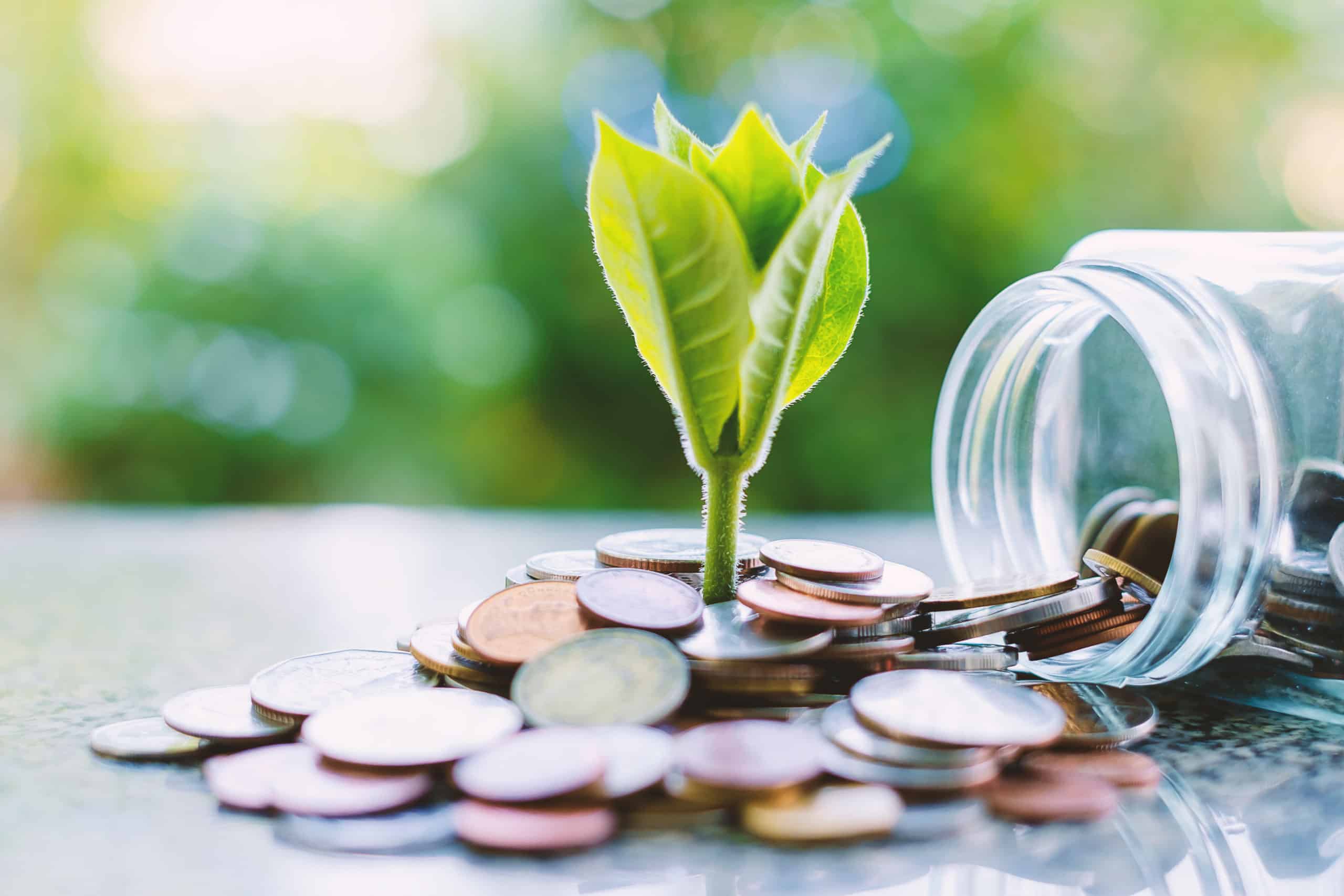The TSX is home to some of the best dividend stocks. You can get Dividend Aristocrats across different sectors. They have a history of paying regular dividends for decades and growing them consistently. There are high- and low-yield dividends, growing dividends, dividend-reinvestment programs (DRIP) and non-DRIP, monthly and quarterly dividends, and large- and small-cap dividend stocks. How do you determine which is a better buy?
Monthly and quarterly dividends are your frequency preferences, and choosing between large and small caps depends on your risk appetite. Here, we will discuss whether a higher dividend yield or a higher dividend growth gives a higher compounding return in the long term.
Higher dividend yield vs. higher dividend growth
There are several high dividend-growth stocks. Manulife Financial has grown its dividend at an average annual rate of 10.8% since 2014. goeasy has grown its dividend at an average annual rate of 32% since 2015. While these stocks paid dividends every year before 2015, they paused their dividend growth for three to five years due to the Global Financial Crisis. The fact that they continued paying dividends when many big banks collapsed showed their resilient business model.
However, high yields or high dividend growth doesn’t last long. They normalize in the long term. I will compare the high dividend growth (6%) of Telus (TSX:T) and the high yield (9.04%) of Timbercreek Financial (TSX:TF).
Telus is a large-cap stock that has grown its dividend at a compounded annual growth rate (CAGR) of 6%. It is trading at its pandemic low and has inflated its yield to 6.85%. TF is a small-cap stock that does not grow its dividend but has been paying it monthly since July 2016. However, it has a high yield of 9%.
| Stock | Dividend Yield | Current Share Price | Share Count | Total Dividend in 2024 | Dividend CAGR | Total Share Count (DRIP) in 2034 | Total Dividend in 2034 |
| Telus Corporation | 6.85% | $22 | 454.5 | $683.00 | 6% | 818.2 | $2,204.42 |
| Timbercreek Financial | 9.04% | $8 | 1311 | $904.59 | 0% | 2606 | $1,798.41 |
If you invest $10,000 in each of the two stocks, higher-yield TF will give you a higher annual dividend of $904.59 compared to $683 by Telus.
But Telus’s 6% dividend growth can compound your returns through the DRIP and give you a higher dividend ($2,204) than TF’s DRIP ($1,798) in 11 years.
How does dividend growth accelerate the effect of compounding?
In the above case, Telus won the long-term returns race, even when both the stocks were reinvesting the dividends. The only difference was the dividend per share.
| Telus Stock Price | Year | Telus DRIP Shares | Telus Share count | Telus Dividend per share (6% CAGR) | Telus dividend |
| $22.00 | 2024 | 454.0 | 454.0 | $1.5044 | $683.00 |
| $30.00 | 2025 | 22.77 | 476.8 | $1.5947 | $760.28 |
| $30.00 | 2026 | 25.34 | 502.1 | $1.6903 | $848.74 |
| $30.00 | 2027 | 28.29 | 530.4 | $1.7918 | $950.35 |
| $30.00 | 2028 | 31.68 | 562.1 | $1.8993 | $1,067.54 |
| $30.00 | 2029 | 35.58 | 597.7 | $2.0132 | $1,203.23 |
| $35.00 | 2030 | 34.38 | 632.0 | $2.1340 | $1,348.79 |
| $35.00 | 2031 | 38.54 | 670.6 | $2.2621 | $1,516.89 |
| $35.00 | 2032 | 43.34 | 713.9 | $2.3978 | $1,711.82 |
| $35.00 | 2033 | 48.91 | 762.8 | $2.5417 | $1,938.84 |
| $35.00 | 2034 | 55.40 | 818.2 | $2.6942 | $2,204.42 |
If you invest $10,000 now, you can buy 454 shares of Telus and get $683 in dividends.
I considered the DRIPs of both stocks. Since TF is a low-volatility stock, I assumed TF DRIP buys shares at $9.7 per share — the higher range of its five-year stock price. For Telus, I took two different prices — $30 and $35 — as its stock price has been growing in the long term. Telus is growing dividend income through higher DRIP shares and growing dividends per share, accelerating its compounding.
Investor takeaway
Both high yield and high dividend growth have their benefits. If you are retiring soon and want to take payouts, high-yield stock is better. If you have time to retire and a long-term investment horizon, you can use accelerated compounding of Telus to grow your money.
Some stocks have the best of both worlds — higher yield and dividend growth. Enbridge has a 7.85% yield and 3% dividend growth, which could increase to 5% by 2027. You can have a different portfolio for different financial objectives.









